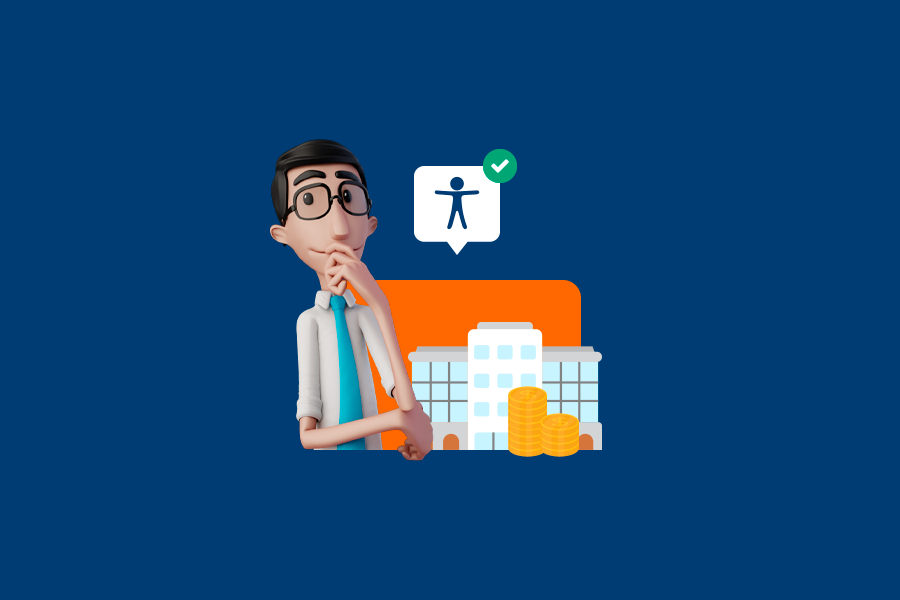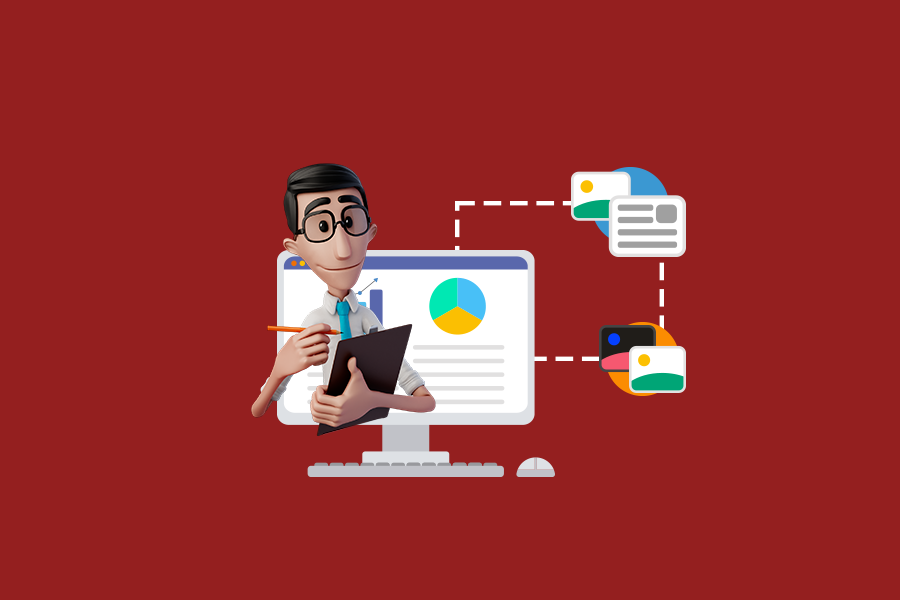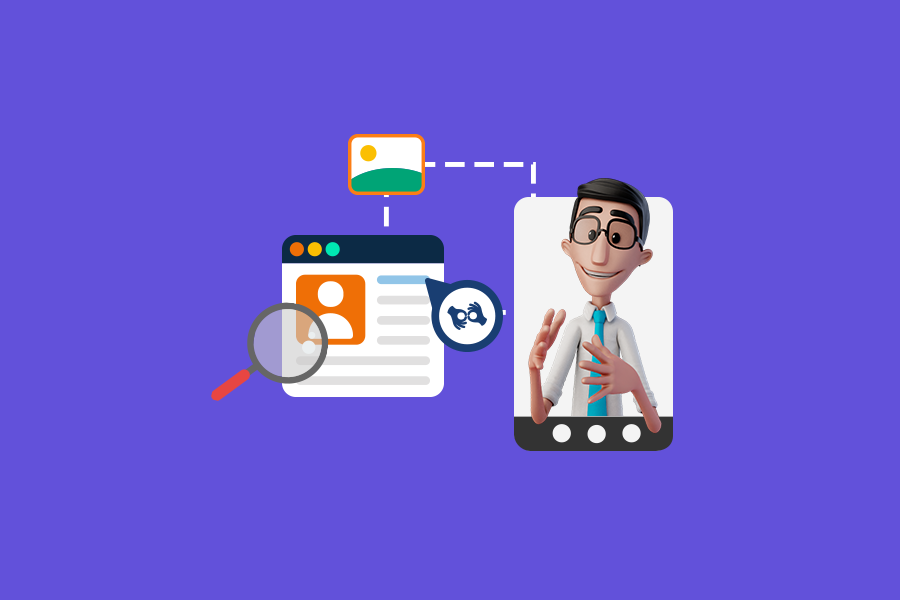
Learn a little about user experience and accessibility in the digital environment

Different actions have already been taken, mainly because of laws, to provide access for people with disabilities to everyday activities in a more inclusive way. Nevertheless, there are still many barriers that need attention for the full inclusion of these people to be more effective!
An example of this is digital accessibility. Many people think only of physical measures that make life easier for people with disabilities. However, care must go further and the physical world must not be the only one with accessibility measures. After all, the digital environment has been gaining more and more strength and it needs to be prepared to attend to all people.
With that in mind, this article brings some information around user experience and digital accessibility. So, if you want to understand a little more about it, be sure to check out this text!
Enjoy your reading!
People with disabilities and the digital environment
Based on the World Report on Disability, it is possible to identify that more than 1 billion people in the world have some kind of disability.
Such expressive data directly infers the need to adapt physical and also digital spaces for people with disabilities. After all, inclusion is regulated and fundamental to reduce the possible difficulties for this group.
In this sense, few people are aware of this, but just as the digital environment has grown, other needs have become part of society’s duties.
User experience for people with disabilities
User experience in the digital environment is a person’s level of satisfaction when using a website or digital platform. This experience for users with disabilities is no different. In fact, it is the level of user satisfaction tied to the efficiency of the platform in ensuring its full use.
In the online universe, there are several aspects that can help people with disabilities, each with its own specificities, of course. Despite this, not all programs, websites, and developers think or worry about this.
Most of the existing websites do not guarantee the experience that a user with disabilities needs. That is, websites do not contribute to the inclusion of these people in the digital environment, which makes them lose benefits as well.
User experience and digital accessibility
But how is it possible to optimize the experience of users with disabilities? To answer this, you only need to think about adapting websites as well as programs to these users through digital accessibility.
This initiative is a responsibility of the entire project team. It is what makes it possible for people with disabilities to have full access to communication and the platform they are accessing.
To illustrate, check out below digital accessibility measures that aim to improve the experience of users with disabilities:
- Virtual Sign Language translators for deaf people;
- Use of luminous signs for the deaf;
- Accessible code for tools that read the texts in the website in order to also reach the blind public;
- Fonts with good legibility;
- Images with descriptions to make the message clear for blind people or people with low visibility who use screen readers, for example.
It is important to take these points into consideration, because one of the great prejudices of the lack of digital accessibility is the shortage of communication delivery. This factor marginalizes people with disabilities and harms companies that could increase customer loyalty.
That is, the lack of digital accessibility practices goes against inclusion aspects. And therefore, causes the loss of eventual consumers. After all, many users, if positively impacted by accessibility tools, could close deals and buy products. With that in mind, investing in accessibility, besides bringing great returns, is vital for brand building.


